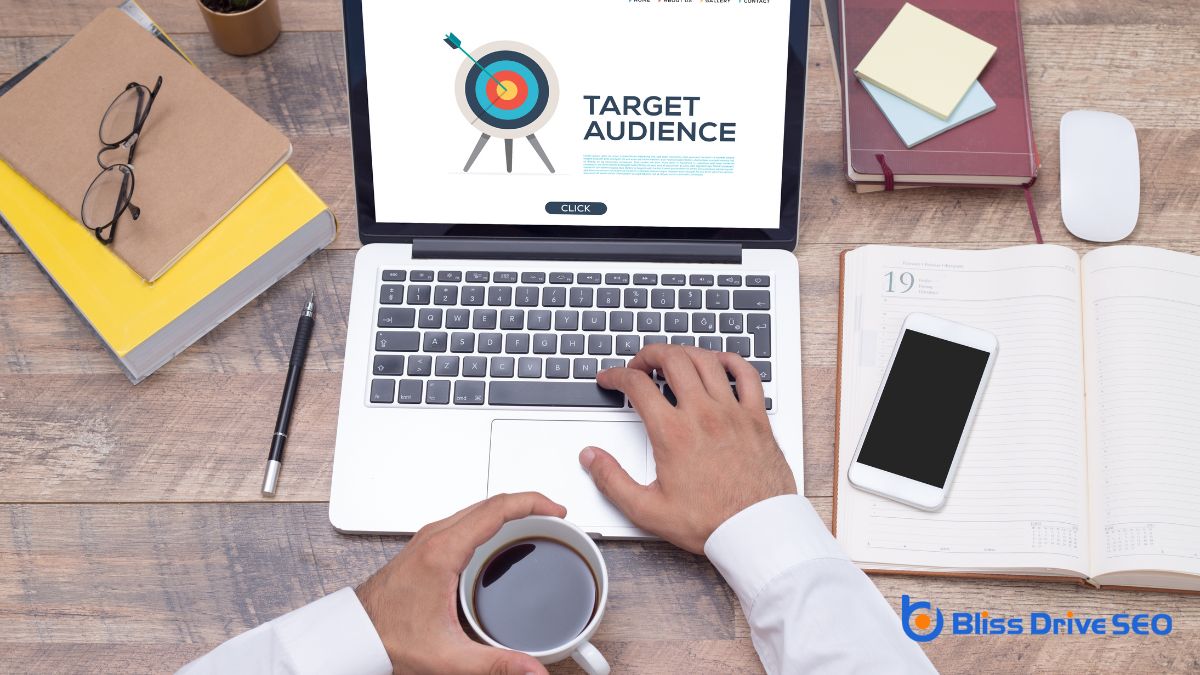Learn More About Us

When you think about boosting your website's performance, understanding the six primary elements of Conversion Rate Optimization (CRO)The systematic process of increasing the percentage of website visitors who take a desired action, s... becomes essential. Imagine maneuvering your site with ease, guided by intuitive user experience design and compelling calls to action. You can't overlook the power of A/B testingA method of comparing two versions of a web page or app against each other to determine which one pe... and analysis, which enables you to make informed changes. Plus, optimizing website speed and incorporating trust signalsElements that build trust with visitors, such as security badges, testimonials, and privacy policies... are vital for retaining visitors. But what's the real impact of targeted content and messaging? Discover how these elements work together and reveal the potential of CRO for your business.
When it comes to conversion rateThe percentage of visitors who complete a desired action, such as making a purchase or filling out a... optimization, user experience design plays an essential role in guiding visitors smoothly through your website. To enhance user experience, focus on intuitive navigation. Guarantee your site's layout is straightforward, making it easy for users to find what they're looking for without frustration.
Prioritize mobile responsiveness since many users browse on their phones. A mobile-friendly design guarantees accessibility and keeps visitors engaged.
Pay attention to site speed because slow loading times can deter potential customers. Optimize images and streamline code to improve performance.
Additionally, maintain visual consistency by using a cohesive color scheme and readable fonts, creating a professional appearance. By refining these elements, you'll provide a seamless experience that helps increase your site's conversionThe completion of a desired action by a referred user, such as making a purchase or filling out a fo... rate effectively.

Why are compelling calls to action essential for conversion rate optimization? They guide users to take the next step, transforming interest into action.
When you craft a clear, enticing call to action (CTA), you're not just telling visitors what to do—you're motivating them to do it. A well-designed CTA captures attention, communicates value, and creates urgency.
By using action-oriented language, like "Get Started" or "Claim Your Free Trial," you make it easier for users to decide quickly. Placement matters, too; make certain your CTA is easily visible and stands out on the page.
Test different colors, sizes, and wording to see what resonates most with your audience. Ultimately, a compelling CTA bridges the gap between user curiosity and conversion.
When you're setting up A/B tests, carefully crafting your experiment design is vital to obtaining meaningful results.
You'll want to guarantee your test reaches statistical significance to make confident decisions.
To truly maximize your website's potential, understanding the essentials of experiment design, particularly A/B testing and analysis, is crucial.
You need to start by clearly defining what you want to test—be it a headline, button color, or call-to-action phrasing. Craft two versions: the control (A) and the variant (B). Confirm your sample size is sufficient for meaningful results and randomly assign visitors to each version.
Run the test under similar conditions and during the same time frame to minimize external factors.
Once your test concludes, analyze the data to determine which version performs better. Look beyond just conversion rates; examine user behavior, engagement, and bounce rates.
This thorough approach confirms you make informed decisions that truly enhance your website's effectiveness.
Understanding statistical significance is essential in A/B testing and analysis because it helps determine whether the results of your experiment are due to chance or are genuinely impactful.
When you test changes on your website, you need to know if what you're seeing is meaningful. Here's how to guarantee your results are statistically significant:
A fast-loading website is essential for improving user experience and boosting conversion rates. When your site loads quickly, visitors are more likely to stay, explore, and engage with your content.
Slow sites frustrate users, leading them to bounce to competitors. To optimize speed, start by compressing images to reduce file sizes. Use efficient code and enable browser caching to cut down on loading times.
Consider using a Content Delivery Network (CDN)A system of distributed servers that deliver content to users based on their geographic location. to distribute content from servers closer to your users, reducing latency. Regularly test your site's speed with tools like Google PageSpeed Insights. They're invaluable for spotting areas needing improvement.
While a fast-loading website keeps users engaged, building trust and credibility is what convinces them to take action.
Creating a trustworthy environment is essential for conversion rate optimization. You can achieve this by focusing on three key elements:

To truly engage your audience and boost conversions, you need to deliver targeted content and messaging that resonates with their specific needs and interests.
Start by understanding your audience's demographics, preferences, and pain points. Use this knowledge to create personalized messages that speak directly to them. Tailor your content to address their challenges and showcase how your product or service can provide solutions.
Don't forget to use language and tone that matches your audience's expectations. Keep your message clear and concise, avoiding jargon that might confuse or alienate them.
Regularly update and test your messaging to guarantee it stays relevant and impactful. By consistently aligning your content with your audience's desires, you'll enhance engagement and drive higher conversion rates.
To boost your conversion rates, focus on these six essential elements. Prioritize user experience design to guarantee intuitive navigation and mobile responsiveness. Use compelling calls to action that clearly guide users toward your goals. Implement A/B testing to make data-driven improvements. Speed up your website to keep visitors engaged. Build trust and credibility with signals that instill confidence. Finally, craft targeted content and messaging that resonates with your audience. These steps will drive engagement and conversions effectively.
